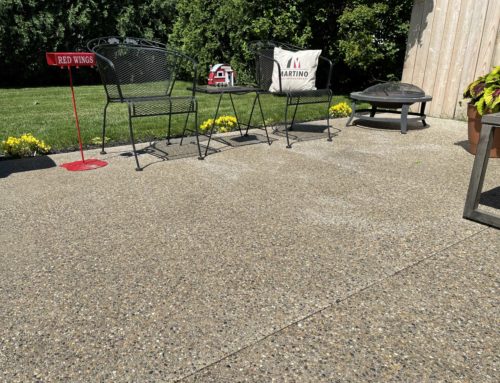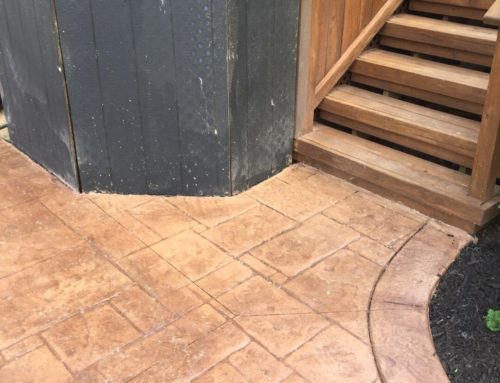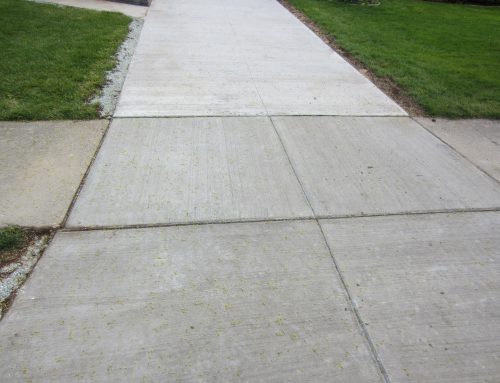
If you’re TV is constantly tuned to the History Channel, than today’s blog post is for you. We want anyone who reads our blog to know everything there is to know about windows, roofing and concrete. So today, we’re going way back to the beginning. Today we talk about the history of concrete.
Egyptians and Romans Discovery
2,600 years ago the Egyptians were using a mixture of lime, clay, sand and water for their construction work. The Romans then came along in the 1st century and perfected the binder by adding volcanic soil from Pozzuoli, near Naples. This mixture that they created set well underwater. Some of the structures created with this mixture are still standing today like the huge dome of the Pantheon in Rome and the Baths of Caracalla.
Louis Vicat Gets It Right
Than in 1817, Louis Vicat, an engineer set to work on the hydraulic properties of a lime-volcanic ash mix. He was the first to find a precise and reproducible proportion of limestone and silica needed for industrial applications. This mixture had to be burned at a specific temperature after grinding. However, he failed to patent his work.
Joseph Asdin Patents It
Joseph Asdin, a Scotsman refined Louis Vicat’s cement composition in 1824 and filed a patent for it. He named it Portland because it looked like a rock found in Portland, Southern England.
The First Cement Plant
In France in 1846, the first cement plant was built in Boulogne-sur-Mer. From then on the use of cement greatly increased because of the fast manufacturing process.
Lafarge Improves Cement
In the beginning of the 20th century, Lafarge, a cement manufacturing company in Teil improved cement. First, they created white cement which uses kaolin in place of clay and offers the same resistance, but is aestetically pleasing. Then, in 1908, Jules Bied, director of the Lafarge research laboratory discovered Ciment Fondu. This cement is made of limestone and bauxite and resists aggressive environments and high temperatures. This new cement is versatile and can be used as a binder or chemical reactant. This takes us to today. Lafarge continues to do research and development to this day in order to improve the properties of cement.
If you live in the Southeastern Michigan area and are looking for a professional concrete company to come out and pour a driveway or patio at your home, give Martino Home Improvements a call. We can come out to give you a free estimate for your concrete work.

















